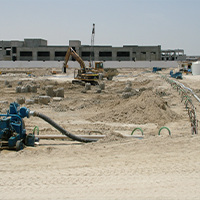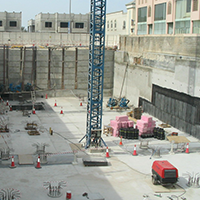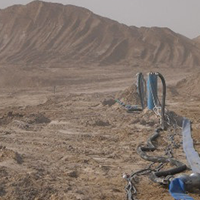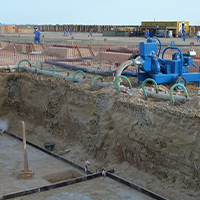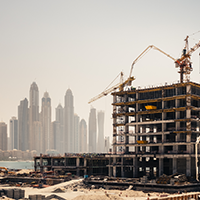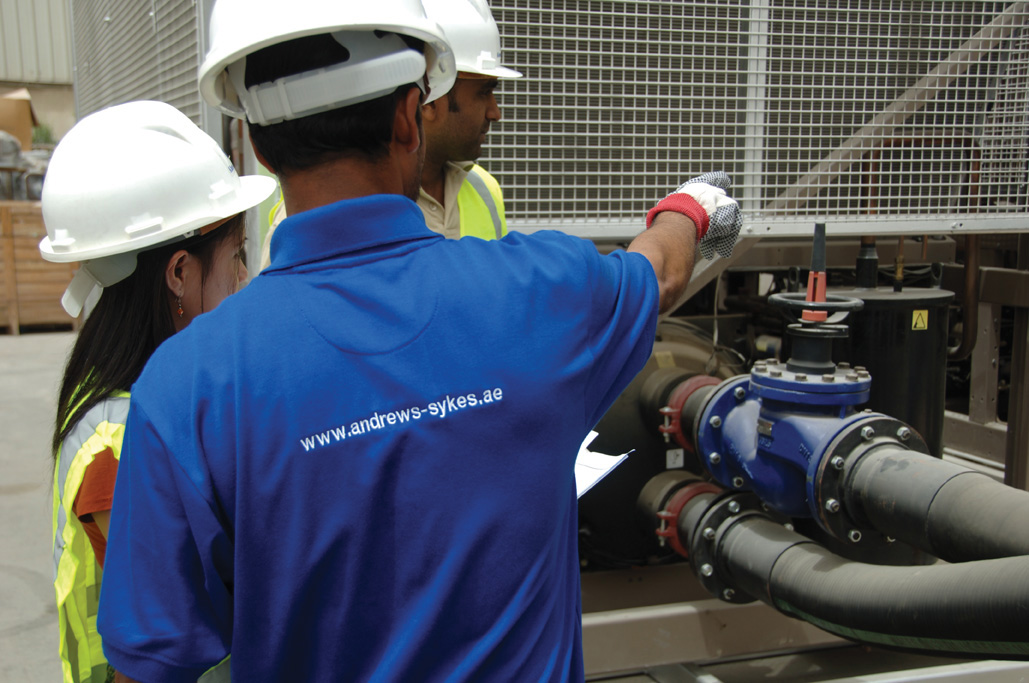Construction of buildings, powerhouses, dams and many other structures require excavation below the water table into water-bearing soils. We deliver solutions on excavations requiring the lowering of the water table below the slopes and bottom of the excavation to prevent ravelling or sloughing of the slope and to ensure dry, firm working conditions for construction operations. We can control groundwater by means of one or more types of systems appropriate to the size and depth of the excavation, geological conditions, and characteristics of the soil.
Methods
A number of methods are available for controlling the inflow of water into an excavation. The choice will depend on the nature and permeability of the ground, the extent of the area to be dewatered, the depth of the water table below ground level and the amount by which it has to be lowered, the proposed methods of excavation and ground support, the proximity of existing structures and the proximity of water courses, etc. We offer our clients free site surveys and quotations for their requirements.
Wellpoint Dewatering
Wellpoint systems enable you to lower the groundwater table adequately for deep and large construction sites. It has proven to be a very flexible system. The water from highly permeable soils is pumped from wellpoints, installed along the trench of the site. They are jetted and spaced to obtain an efficient drawdown against lowest capacity. Along with integral strainers they are joined to transparent flexible hoses, which are connected by quick release couplers to the ring main header pipeline. Installation is done either by gravity or vacuum. It is one of the most economical, flexible and stable methods of controlling underground water from obstructing your site.
We provide a complete service: from site investigation and calculations, using our knowledge of previous subsoil conditions, to recommending and installing appropriate equipment. Typically, we install a number of well points, with tubes 40mm to 60mm in diameter, protected by a filter screen, to collect underground water efficiently. All our wellpoints are fitted as standard with high capacity vacuum pumps, enabling the maximum drawdown and greatest number of installations. When you need to excavate below 7-9 meters in water-bearing aquifer, we can also install a multi-stage system of wellpoints.
Progressive Line Installation
Designed for pipelines and other similar applications, a progressive or roll along approach is installed alongside the route, preceding excavation and pipe laying. Equipment from a previously completed and backfilled section is installed at the head of the line, removing the need for large quantities of equipment.
Deep Bored Well
When the water table needs lowering below nine metres, conventional vertical wellpoint installation in stages isn’t feasible or economical. We provide an alternative: the tube or bored well. A hole is bored to the required depth; a mesh screen lining then allows water to accumulate at the bottom, which is removed by a submersible unit installed in the well which permits excavation down to 22m in a single stage.
Deep Well Dewatering
This system enables you to lower the groundwater table to a considerable depth. A submersible pump is installed at the bottom of the well. The discharge pipes are connected to a common delivery main. The water is raised from the well by a multi-staged unit which generates a high head corresponding to the depth of the well. It consists of an array of widely spaced bored wells fitted with multi-stage electric submersible units. Deep Well systems are effective in a range of soil conditions from gravel to fine sands. They can also be used where small amounts of drawdown are required over large areas, such as for trenches.
This installation typically consists of vertical or inclined bores, usually in the order of 200mm to 300mm diameter placed through the strata requiring pressure relief. A suitable uPVC well casing will be placed in the borehole, consisting of screened and cased sections. An adequate filter pack is installed to both maximize well yield and inhibit the movement of fines. After well development, airlifting within the well casing is carried out before a suitable electric submersible borehole unit is installed.
Open Dewatering
This system enables you to lower the groundwater table adequately in cohesive and low permeable soils. Water is pumped off directly from sumps (ditches) along the toes of the slopes of the excavation works. The suction hose with strainer is merely placed in the sump and the collected water is primed and discharged. This makes it easy to install and simple to operate.
